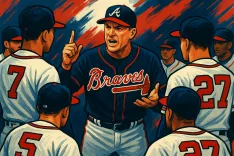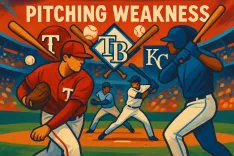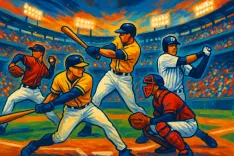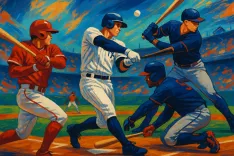Yankees Exploit Scherzer's Pitch Tipping to Claim Victory in Thrilling Showdown
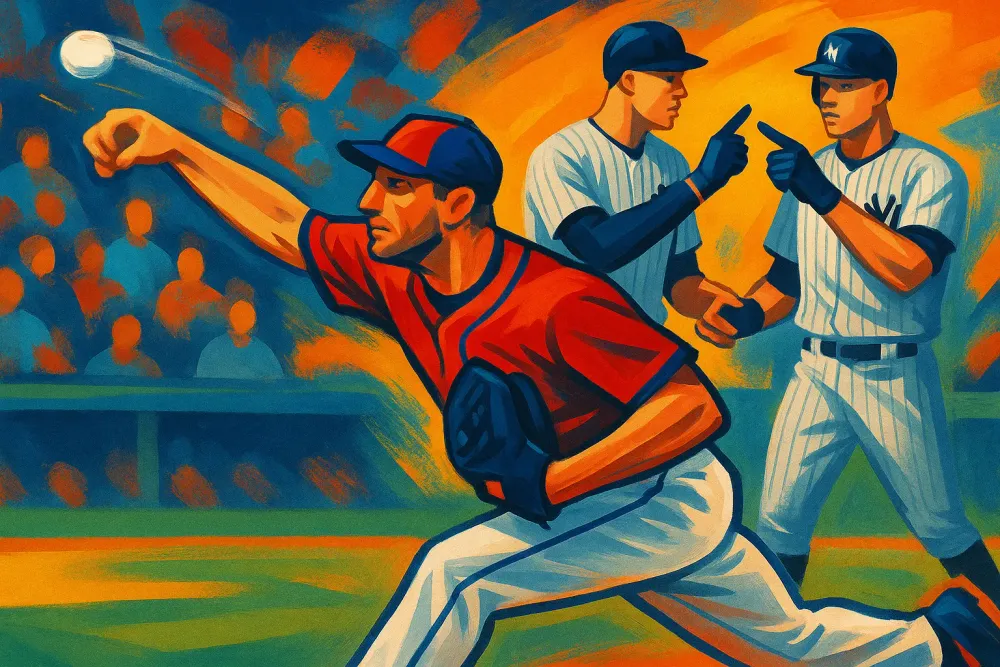
The Bronx Bombers Find Success Against Max Scherzer
The New York Yankees showcased their ability to capitalize on pitch tipping during their recent matchup against Toronto Blue Jays ace Max Scherzer at Yankee Stadium. Entering the game, Scherzer held a career ERA of 4.39 against the Yankees, a stark contrast to his overall ERA of 3.19. However, this time, the Yankees were not just reliant on past performance; they also noticed a pattern in Scherzer's pitching mechanics.
Unpacking the Pitch-Tipping Incident
In the first inning, the Yankees' ability to read Scherzer became clear. After a warning from first baseman Ty France regarding a potentially tipped changeup, Scherzer attempted to rely on his fastball but failed to retire Ben Rice, who launched a three-run homer into the stands. This created a buzz regarding the ethics of the incident: Did the Yankees break any MLB rules? Technically, no. But they certainly shone a light on a problem that has grown more prevalent in the league.
Pitch tipping is not the same as sign-stealing, a practice that reached notoriety during the Houston Astros scandal in 2017. MLB has since implemented measures to curb sign-stealing, but pitch tipping remains a grey area. Pitchers often exhibit specific routines before delivering pitches, such as how they grip the ball or position themselves. In Scherzer's case, it was clear that he was not effectively concealing the ball, which allowed the Yankees to gauge what pitch was forthcoming.
The Yankees' Strategy Revealed
After the game, Scherzer acknowledged the Yankees' ability to pick up on his signals. Cody Bellinger at first base and Aaron Judge at second base effectively communicated to Rice, which allowed him to anticipate the pitch. This level of tactical awareness speaks volumes about the heightened gamesmanship present in modern baseball.
MLB's Challenge with Pitch Tipping
Despite the legality of pitch tipping, it raises questions about fairness in the game. As Scherzer noted, “It’s 2025. Everybody knows it, we live it, that’s just part of the game.” However, the growing number of pitch tipping incidents in recent seasons suggests it's becoming a systemic issue. The challenge for MLB lies in finding a balance between competitive strategy and maintaining the integrity of the game.
Conclusion: A Shift in Baseball Culture
While veterans like Scherzer may recognize pitch tipping as part of the game, not all pitchers are comfortable with it. The Yankees' boldness in communicating pitches is a significant departure from the subtlety traditionally associated with baseball. As fans and players alike reflect on these new dynamics, the pressing question remains: where should we draw the line between gamesmanship and sportsmanship in the face of evolving tactics?

